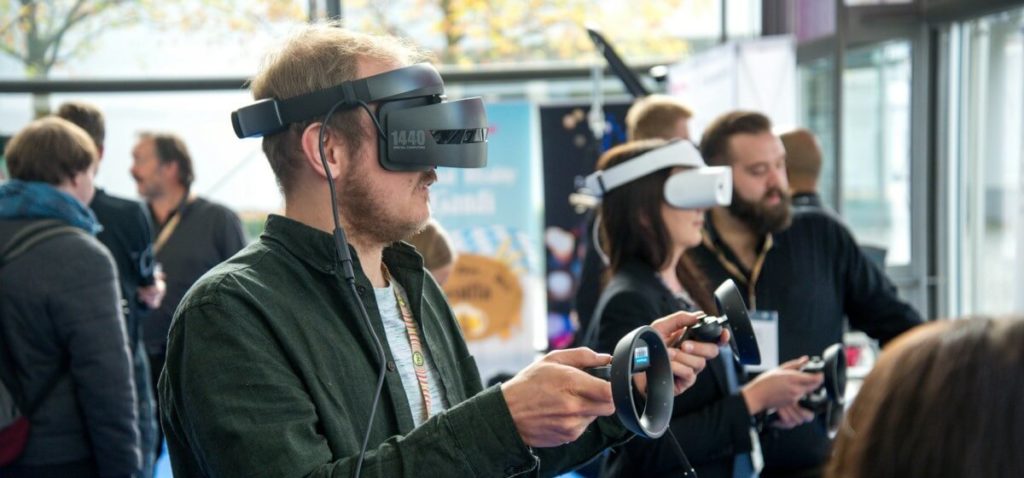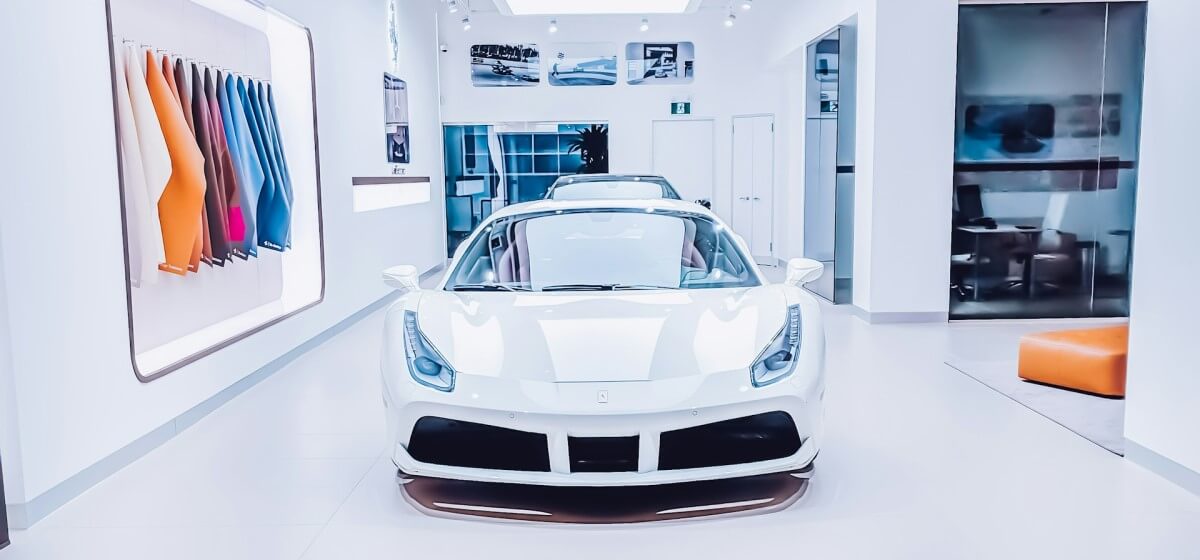
HYPERVSN 3D Catalog
USD 1,200
Qty

HYPERVSN 3D Catalog
USD 1,200
Qty

HYPERVSN 3D Catalog
USD 1,200
Qty
Cart Subtotal:
USD 3,600

HYPERVSN
Marketing Department
Virtual Reality, Augmented Reality, and holographic displays redefine retail by offering immersive and interactive experiences, allowing customers to virtually try products before purchase, bridging the gap between online and in-store shopping. These technologies revolutioniыe the traditional retail model, enhancing customer engagement through heightened sensory interactions and personalised, innovative experiences.
Technology continues to redefine the way businesses interact with their customers. Virtual Reality (VR), Augmented Reality (AR) and holographic technology have emerged as powerful tools, revolutionising the customer engagement experience. This blog post explores the transformative impact of these immersive technologies on the retail sector, backed by scientific evidence that highlights their efficacy in enhancing customer engagement.
Virtual Reality, once invented for gaming and entertainment, has found a promising niche in retail. By creating simulated environments, VR enables customers to explore products and services in ways previously unimaginable. Scientific studies reveal that immersive experiences trigger heightened emotional responses, leading to a more memorable and impactful engagement. Brands leveraging VR in retail not only provide a unique and memorable shopping experience but also gain a competitive edge by fostering a deeper connection with their customers.
Virtual stimuli can trigger reflexive responses that are similar to those elicited by real-life conditions. Source.
Augmented Reality seamlessly blends the digital and physical worlds, offering an enriched layer of information and interactivity to the shopping experience. Retailers are harnessing AR to allow customers to visualise products in their real-world environment before making a purchase. Scientifically proven to reduce uncertainty and increase confidence in buying decisions, AR is proving to be a game-changer in enhancing customer engagement. This technology not only attracts tech-savvy consumers but also provides a bridge between online and in-store shopping, offering a harmonised and personalised experience.
Holographic displays, once considered futuristic, are now a reality in retail spaces. These three-dimensional, interactive projections enable customers to interact with virtual representations of products, breaking down the barriers between physical and digital. Scientific studies indicate that the use of holograms in retail significantly boosts customer engagement by creating a sense of novelty and excitement. Brands embracing holographic technology showcase a commitment to innovation and capture the attention and interest of customers in an increasingly competitive market.
Numerous scientific studies have delved into the psychological and emotional impact of VR, AR, and holographic technologies on customer engagement. Research in the Journal of Consumer Marketing suggests that immersive experiences, such as those facilitated by VR, evoke stronger emotional connections with products, leading to increased satisfaction and brand loyalty. Similarly, a study in the Journal of Interactive Marketing found that AR significantly influences customers’ decision-making processes by providing a more tangible and informed shopping experience. These findings underline the profound impact of immersive technologies on customer engagement in retail.
In the global market, these tools [Augmented Reality technology] were valued at US$2.5 billion in 2017, and it is anticipated that this will increase at a compound annual growth rate of 22.7% by 2026 (Transparency Market Research, 2018). Source.
While the benefits of VR, AR, and holographic technologies in retail are evident, challenges such as cost, accessibility and consumer adoption remain. However, as technology continues to advance and become more accessible, these challenges are likely to diminish. The future outlook for retail is promising, with immersive technologies expected to become integral components of the shopping experience, driving increased customer engagement and loyalty.
The role of Virtual Reality, Augmented Reality and holographic technology in retail is undeniably transformative. Scientific evidence supports the positive impact of these immersive technologies on customer engagement, emphasising their potential to reshape the retail landscape. As businesses continue to adapt to the digital age, integrating VR, AR and holograms into the shopping experience will not only enhance customer engagement but also position brands at the forefront of innovation in the competitive world of retail.




subscribe

USD 1,200
Qty

USD 1,200
Qty

USD 1,200
Qty
Cart Subtotal:
USD 3,600☎️